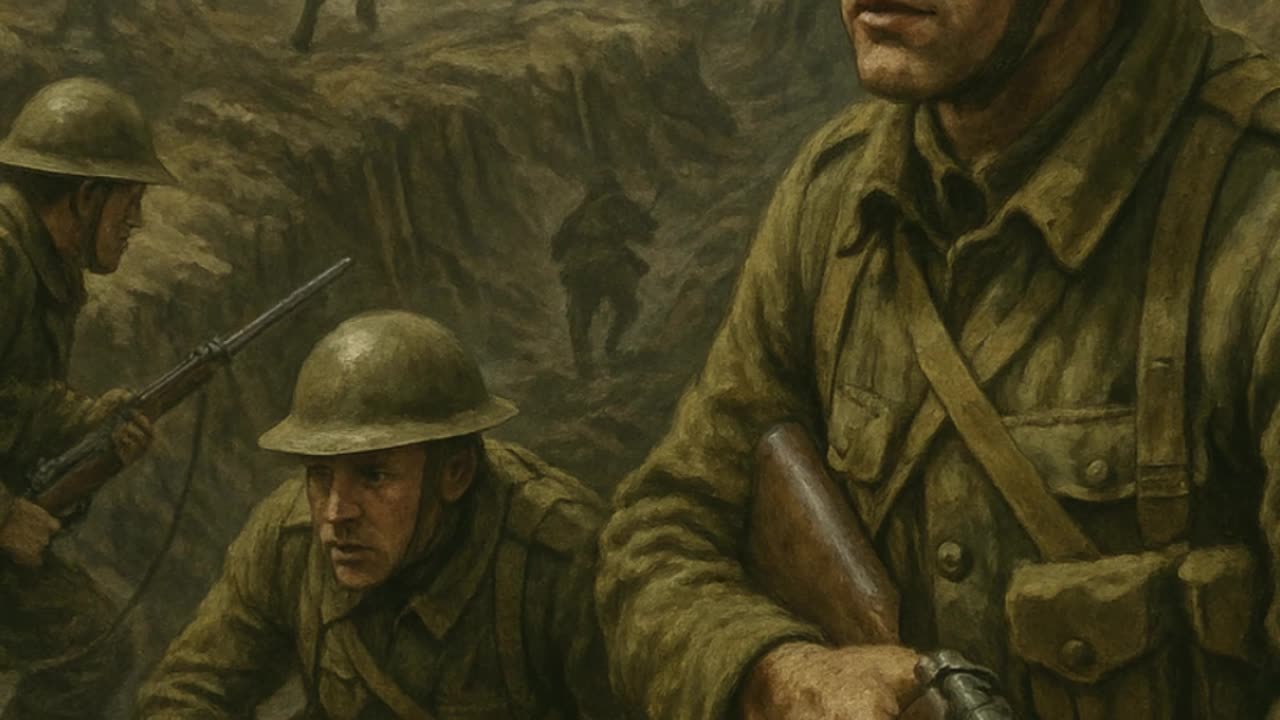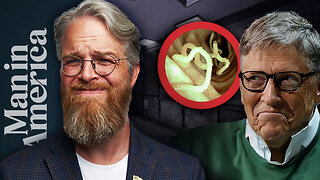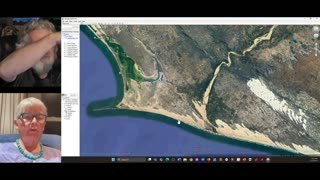Premium Only Content

the real reasons of world war 1
World War I: Causes, Events, and Impact
World War I, often called the Great War, lasted from 1914 to 1918 and was one of the deadliest conflicts in human history. It involved most of the world’s major powers, divided into two major alliances: the Allies (mainly France, Britain, Russia, Italy, and later the United States) and the Central Powers (Germany, Austria-Hungary, Ottoman Empire, and Bulgaria). The war reshaped borders, economies, and global politics, laying the groundwork for World War II.
Causes of the War
The immediate trigger of World War I was the assassination of Archduke Franz Ferdinand of Austria-Hungary on June 28, 1914, in Sarajevo by Gavrilo Princip, a Serbian nationalist. However, the deeper causes were rooted in several long-term factors:
Militarism – European nations had been building powerful militaries and engaging in an arms race, especially Germany and Britain with their naval rivalry.
Alliances – Secret and public treaties created a web of obligations, meaning that a conflict between two nations could quickly involve many others.
Imperialism – Competition for colonies in Africa, Asia, and the Middle East heightened tensions.
Nationalism – Rising nationalist movements, particularly in the Balkans, fueled separatist sentiments and regional instability.
After Austria-Hungary declared war on Serbia, the alliance system triggered a domino effect: Germany declared war on Russia and France, and Britain declared war on Germany after its invasion of neutral Belgium.
Major Fronts and Battles
World War I was fought primarily on two main fronts:
The Western Front: Stretched from the North Sea through France to Switzerland. This front is most associated with trench warfare, where soldiers fought from elaborate trenches. Major battles included the Battle of the Marne (1914), the Battle of Verdun (1916), and the Battle of the Somme (1916).
The Eastern Front: Covered the border regions between Germany, Austria-Hungary, and Russia. Here, warfare was more mobile, with significant battles like Tannenberg (1914).
Other theaters included the Middle East (with campaigns like Gallipoli and Lawrence of Arabia’s Arab Revolt) and Africa, where colonial troops fought as well.
Technology and Warfare
World War I saw the introduction of modern military technology on a large scale. Machine guns, poison gas (chemical warfare), tanks, submarines (U-boats), and airplanes changed the nature of combat. The war became infamous for its stalemate, high casualties, and devastating psychological effects on soldiers, often referred to as shell shock (now known as PTSD).
The U.S. Entry and War’s End
Initially neutral, the United States entered the war in 1917 due to German unrestricted submarine warfare and the infamous Zimmermann Telegram (Germany’s proposal to Mexico to join against the U.S.). The fresh American troops provided a significant boost to Allied forces.
In 1918, the Central Powers began to collapse. Germany signed an armistice on November 11, 1918, marking the official end of fighting on the Western Front.
Aftermath and Legacy
World War I led to the Treaty of Versailles (1919), which imposed harsh reparations and territorial losses on Germany. The League of Nations was formed to prevent future conflicts, though it ultimately failed to stop World War II.
The war caused an estimated 20 million deaths and 21 million wounded, devastating Europe’s population and economy. It also led to the collapse of empires: the German Empire, Austro-Hungarian Empire, Ottoman Empire, and Russian Empire all disintegrated.
World War I fundamentally altered the geopolitical landscape, introduced new warfare tactics, and left deep scars in global history.
-
![Mr & Mrs X - [DS] Trafficking Empire – The Pedo Network Island, The Cover-Up: Part 2 - Ep 6](https://1a-1791.com/video/fww1/f8/s8/1/y/p/x/f/ypxfz.0kob-small-Mr-and-Mrs-X-DS-Trafficking.jpg) UPCOMING
UPCOMING
X22 Report
15 hours agoMr & Mrs X - [DS] Trafficking Empire – The Pedo Network Island, The Cover-Up: Part 2 - Ep 6
36.4K8 -
 27:15
27:15
Liberty Hangout
2 days agoThe Most DELUSIONAL Democrats on Earth!
5.56K91 -
 13:13
13:13
Mrgunsngear
15 hours ago $1.95 earnedStreamlight TLR-1 HP Review: Can It Dethrone Surefire?
13.7K8 -
 38:41
38:41
JohnXSantos
22 hours agoHow To Start A CLOTHING BRAND on a BUDGET! Step X Step (2025)
41 -
 1:26:34
1:26:34
Man in America
18 hours agoExposing the Cover-Up That Could Collapse Big Medicine: Parasites
64.8K57 -
 30:57
30:57
Her Patriot Voice
15 hours ago $13.09 earnedDemocrats More Unhinged Than EVER Before!
86K123 -
 29:13
29:13
Clownfish TV
23 hours agoGen Z are Becoming the Boomers?! | Clownfish TV
9.25K35 -
 1:48:31
1:48:31
Squaring The Circle, A Randall Carlson Podcast
18 hours agoMEGA Tsunamis and the formation of our World ft. Dr. Dallas Abbot
22.8K4 -
 29:26
29:26
Advanced Level Diagnostics
2 days ago2019 Chevy Express - No Crank, Relay Clicking! Diag & Fix!
3 -
 30:56
30:56
5AMPodcast
22 hours agoCitizen Journalism 🎙️Replacing Traditional Media | Sam Anthony on 5 AM Podcast
17